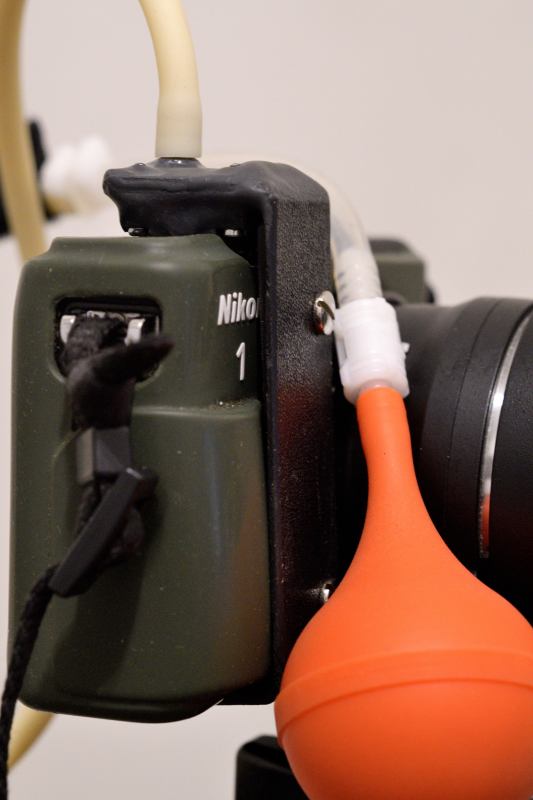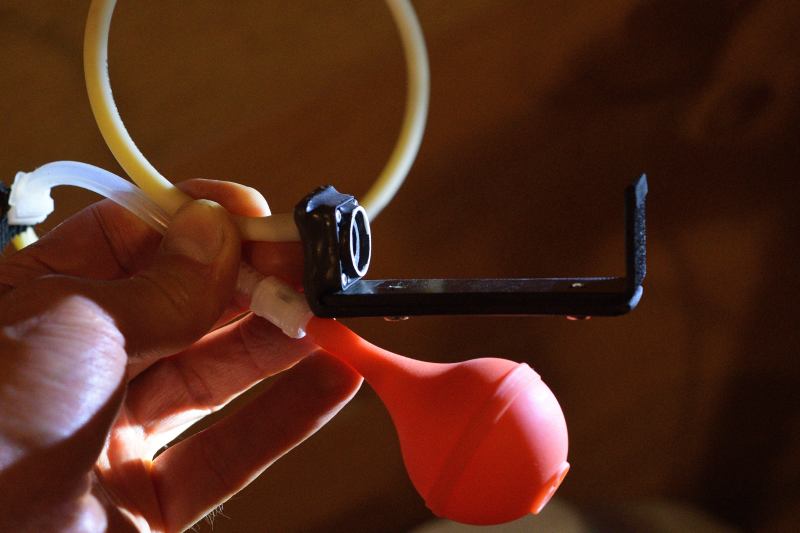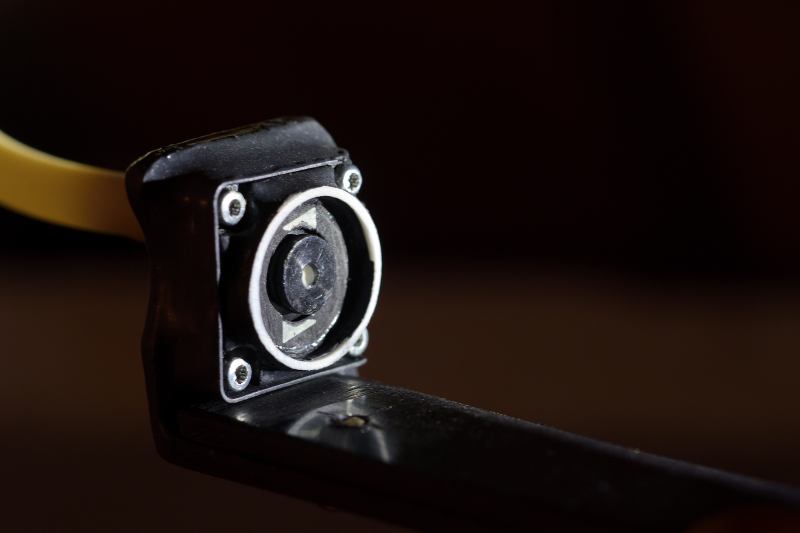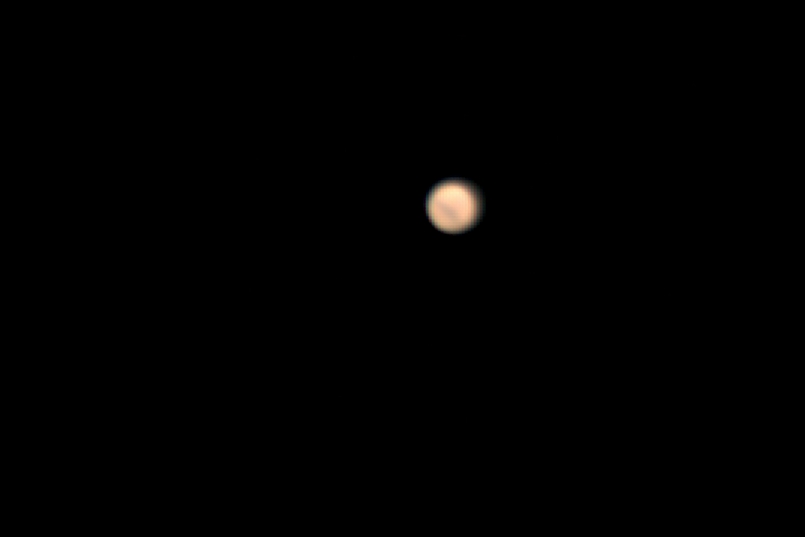On the subject of remote release for the AW1 I had an initial idea besides the hydraulic ones discussed above to use a solenoid. But I eventually decided that it would be too complicated. My purpose is to use it for long lens lucky imaging using AW1 in high speed mode (15-60 raw frames per second), and it does not need to have a precise immediate response, just be able to keep the release pressed for a couple of seconds. However I felt a short cable release would have too high chance of disturbing the rig.
I had the idea of a pneumatic release, using some kind restrained bladder to push the release, but it recently occured to me that I could use parts from a small broken membrane pump head instead. The actual membrane currently used is not the main one, but is rather thin one that apparently functions to provide some kind of moderate windkessel effect. A "knob" was glued to it with epoxy. I did not need to saw the pump head apart but just used the top parts keeping that membrane in place above the valves + a ring that fits around the AW1 release collar, and a generous amount of marine epoxy (with a drop of black resin dye in it). The whole device just snaps into place. The bulb is one of those small ones used for ear cleaning. I initially used silicone tubing for the whole length, but found that elasticity could cause vibrations, so it was replaced with 50cm stiffer rubber tubing and only the last 10cm is more flexible silicone tubing to avoid disturbing the tripod. The transition point is attached high on one of the tripod legs with Velcro).


Retracted:

Actuated:

A quick test on Mars with the 300 PF+TC14E+FT1, repeated series of exposures at 15 FPS. A Bahtinov mask was used for correct focus (not easy on such a "big" object). Out of a total of 135 frames that were centered and cropped with PIPP, 50 were 3x drizzled and stacked with Autostakkert, and further sharpened with wavelets in Registax. (My very first use of these tools so likely not optimal.)

The result is of course a far cry with too few pixels on the object and too few frames (more appropriate would be thousands of frames to choose from), but it looks like at least some surface features are visible.

Compare this to a high quality image from today posted on Cloudy nights:
https://www.cloudynights.com/topic/730607-mars-september-22-in-good-seeing/